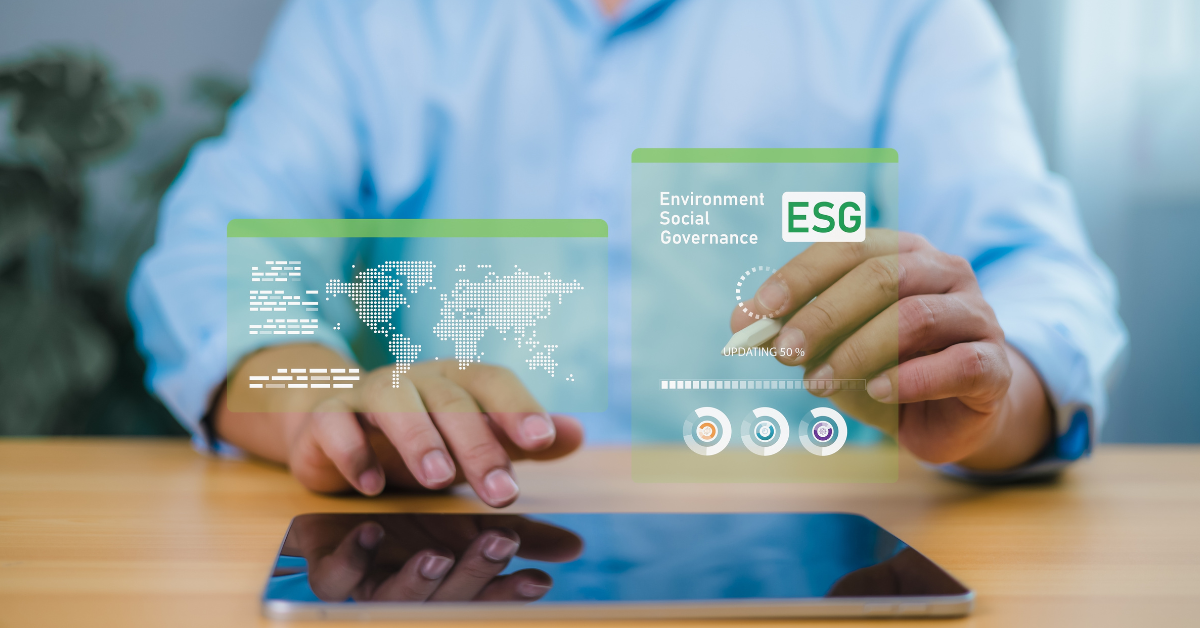
ESG Compliance is basically one of the main thoughts for businesses. But to be compliant you may need some tool. Find out more about them, here.
Venturing into the intricacies of environmental, social, and governance (ESG) compliance requires the adoption of a robust methodology and the use of tailored tools to ensure effectiveness in collecting, managing, and reporting extensive ESG data points that go beyond the internal company scope extending to the whole value chain of organizations.
In recent years, the ESG Regulatory landscape has expanded, becoming more stringent and punctual with the advent of Directives such as the EU Taxonomy, the Corporate Sustainability Reporting Directive (CSRD), and lastly, the Corporate Sustainability Due Diligence Directive (CSDDD).
These directives, along with a multitude of standards and rating systems that aim to assess ESG performance and organizational sustainability, have defined the characteristics and requirements for an activity to be deemed sustainable and established standards and methods for managing and reporting corporate ESG performance.
In this context, defining an effective ESG compliance strategy that leverages technology and data has emerged as an imperative for organizations.
But which methodologies can organizations leverage to enhance their ESG compliance and what tools enable them to manage the wide range of data points required by regulations?
Let’s find out.
Key methodologies for achieving ESG Compliance
Achieving ESG compliance entails navigating a complex ecosystem of standards, regulations, and frameworks designed to enhance environmental stewardship, strengthen social responsibility, and uphold governance integrity.
Companies that embark on this endeavour must adopt a methodical approach to align their operations with ESG expectations, leveraging stakeholder input, robust reporting practices, regulatory guidance, and international standards.
Effective ESG frameworks implementation
A critical first step in implementing ESG frameworks is conducting stakeholder engagement and materiality assessments.
These processes enable organizations to identify and prioritize the ESG issues most relevant to both their operations and stakeholder concerns. Based on these insights, companies can shape targeted ESG strategies that focus on their most significant impacts.
To support consistent and transparent reporting, several ESG reporting standards have emerged as foundational tools. The Global Reporting Initiative (GRI) offers comprehensive guidelines for disclosing ESG impacts across sectors, while the Sustainability Accounting Standards Board (SASB) delivers industry-specific standards for reporting financially material sustainability information.
Additionally, ESG rating and ranking systems provide structured methodologies for performance evaluation. Initiatives like the Carbon Disclosure Project (CDP), which promotes environmental transparency, and MSCI ESG Ratings, which assess exposure to ESG risks, help benchmark performance and incentivize continuous improvement.
The role of Corporate governance in ESG
Corporate governance plays a pivotal role in driving ESG compliance, particularly through the adoption of clear regulatory frameworks and harmonized practices.
The EU Taxonomy Regulation, for instance, introduces a standardized classification system for defining sustainable economic activities, aligning organizations across industries.
In this case, tools like the EU’s Taxonomy Compass assist in interpreting and applying these regulatory criteria effectively.
Governance also encompasses the adoption of international standards that guide corporate behaviour.
ISO standards, in particular, provide structured methodologies for managing environmental, social, and occupational safety dimensions of ESG. Notably:
- ISO 14001:2015 establishes Environmental Management Systems to help organizations manage and reduce environmental impacts.
- ISO 26000:2010 offers guidance on integrating social responsibility across core business functions, addressing human rights, labor practices, and community engagement.
- ISO 45001:2018 sets out Occupational Health and Safety Management Systems, enabling companies to identify risks, enforce controls, and enhance workplace safety.
How to Embed ESG into Business strategy
Embedding ESG into business strategy requires more than compliance as it demands integration of ESG principles into the company’s mission, decision-making, and operational model.
Organizations must align ESG objectives with long-term value creation, ensuring that sustainability and ethical practices inform every aspect of business planning and execution.
This holistic approach transforms ESG from a reporting obligation into a strategic driver for innovation, risk mitigation, and stakeholder trust.
Tools and Technologies for ESG Compliance
From comprehensive platforms to specialized tools, digital solutions are helping organizations transform ESG from a reporting obligation into a strategic advantage.
Leveraging Digital Solutions for ESG Reporting
To meet evolving ESG compliance demands, companies are increasingly adopting integrated digital platforms that unify environmental, social, and governance considerations into their operational frameworks.
At the core of this transformation are ESG management platforms, which streamline data collection, reporting, and alignment with global standards such as GRI and SASB. These platforms often feature real-time analytics and dynamic dashboards that support transparent, goal-oriented sustainability reporting.
Similarly, specialized sustainability reporting software enhances environmental accountability by automating the monitoring of key indicators such as energy use, waste output, and greenhouse gas emissions. By simplifying regulatory adherence and enabling detailed environmental impact assessments, these tools are essential for disclosure initiatives like the Carbon Disclosure Project.
Complementing these reporting capabilities, ESG-specific analytics and visualization tools empower organizations with advanced data processing functionalities.
Through benchmarking, trend analysis, and predictive modelling, such tools offer actionable insights that drive strategic decision-making and improve ESG performance visibility.
Mastering Data Management for ESG Success
Effective ESG strategies rely heavily on comprehensive data governance.
In this context, Regulatory compliance and risk management software ensures that organizations remain responsive to the complexities of jurisdiction-specific ESG regulations.
These systems typically include features such as compliance tracking, scenario modelling, and risk assessments, helping businesses anticipate and mitigate potential regulatory challenges.
Equally critical are stakeholder engagement platforms, which support transparent and ongoing dialogue with both internal and external audiences.
Through tools that manage surveys, collect feedback, and track engagement, these platforms help businesses integrate stakeholder perspectives into ESG strategies, reinforcing trust, responsiveness, and alignment with broader sustainability goals.
Evolving compliance in regulatory changes
As regulatory pressures mount and stakeholder expectations grow, the synthesis of progressive methodologies with technological advancements is paramount for maintaining robust and sustainable ESG compliance strategies.
By embracing a structured approach to ESG compliance, organizations can ensure they meet the necessary compliance requirements and advance their corporate social responsibility goals.
As regulatory landscapes and technologies continue to evolve, staying proactive and informed will be crucial for maintaining effective and sustainable ESG practices.



